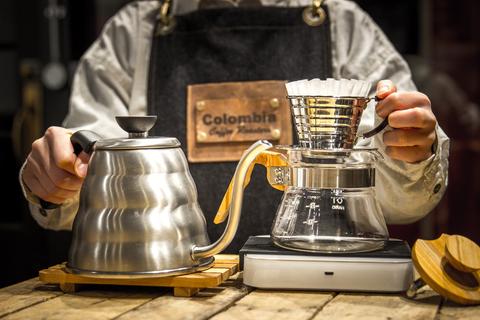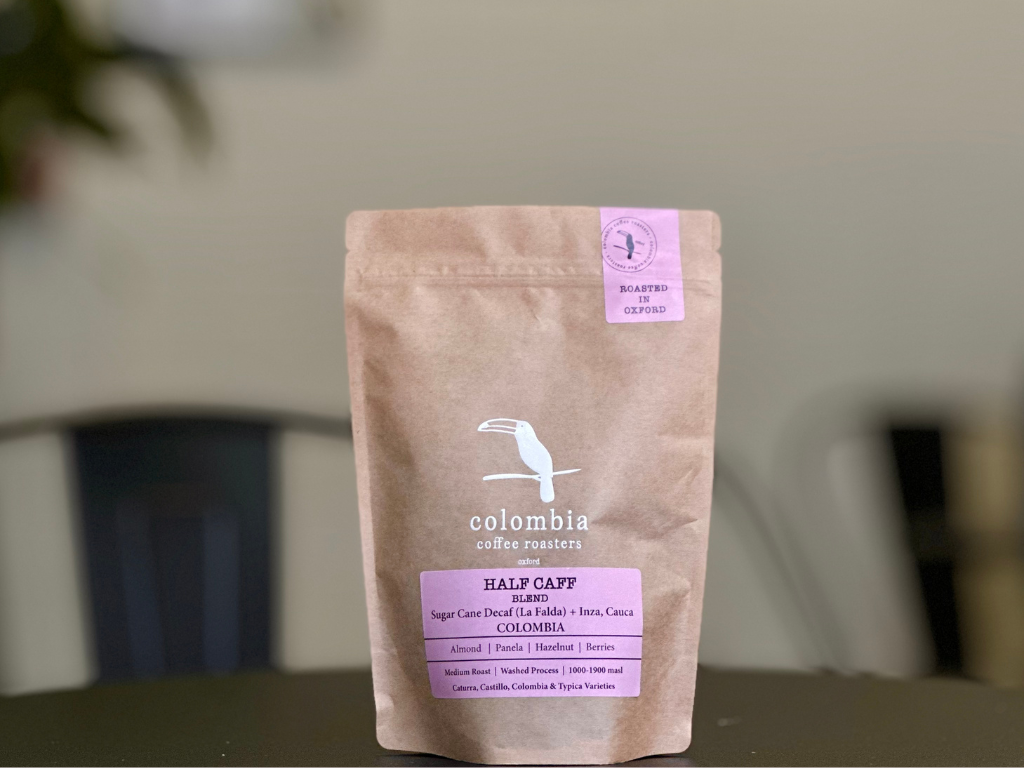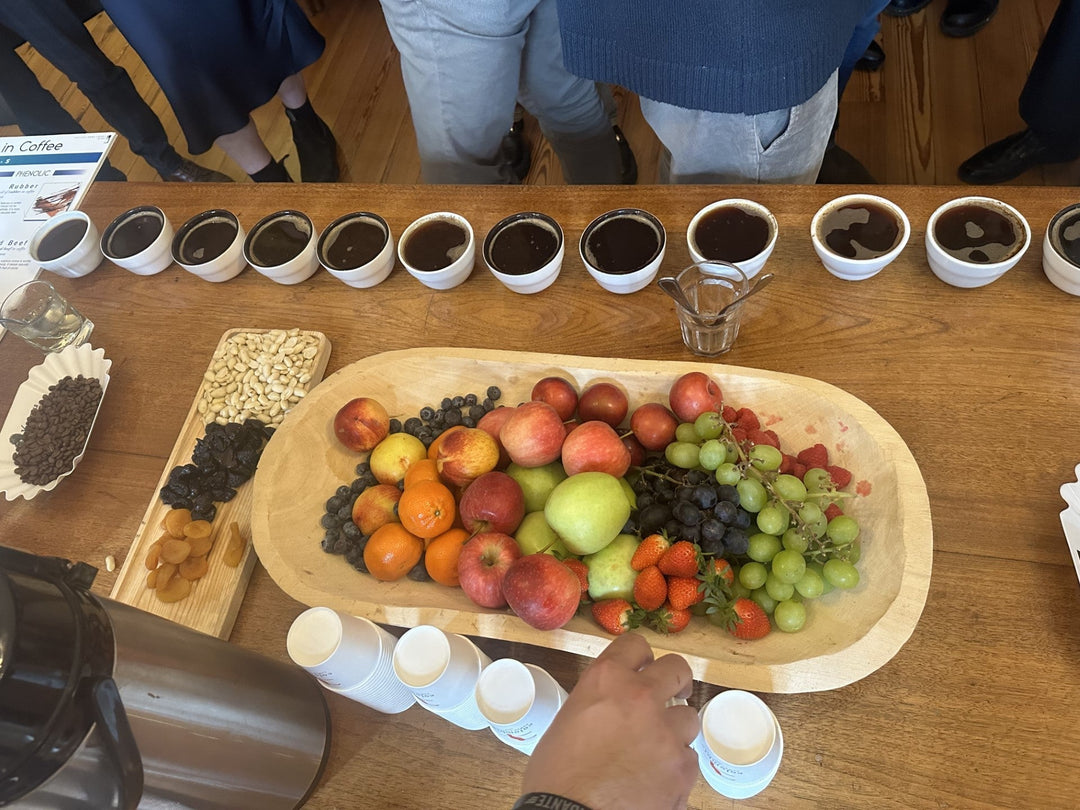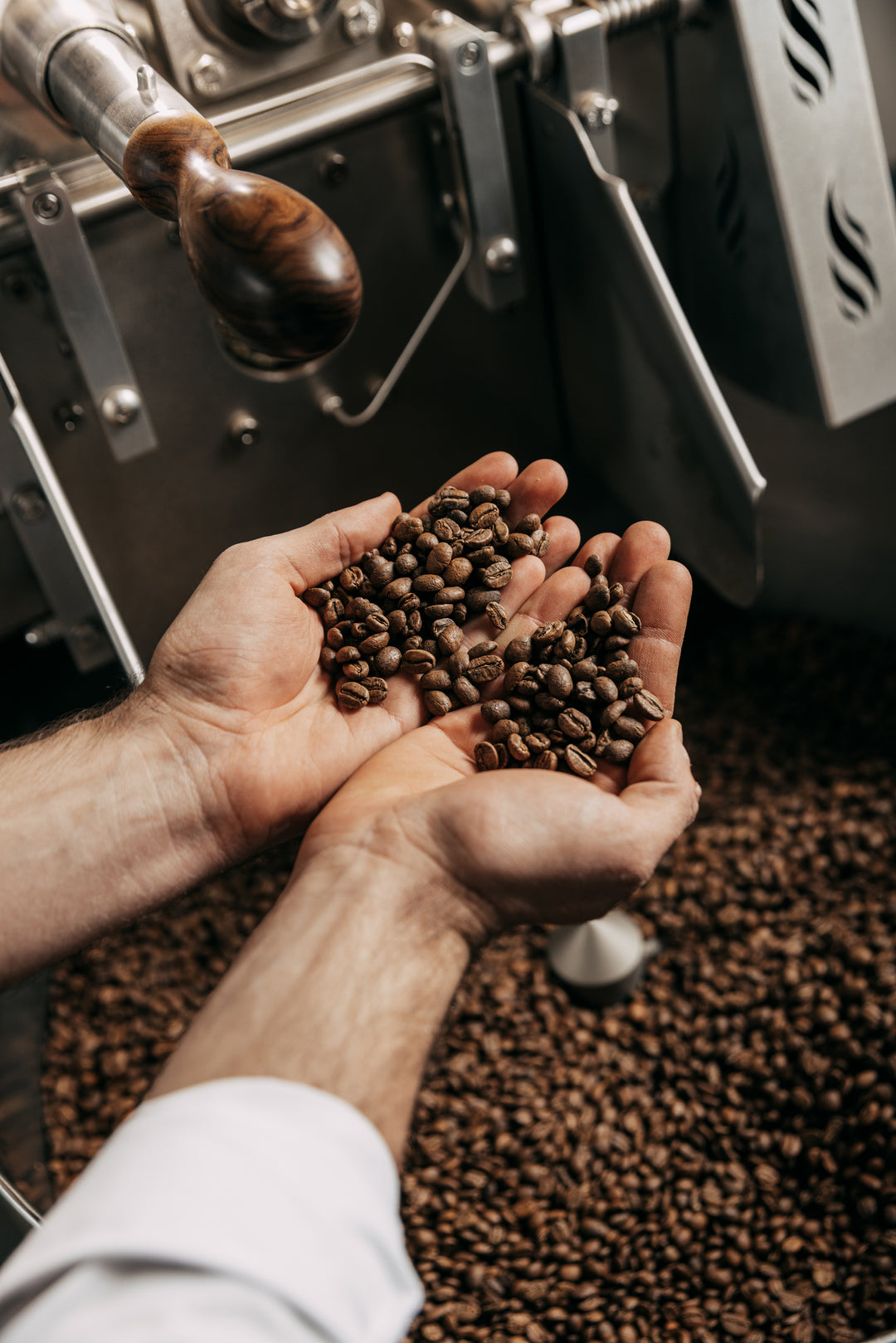Much like with wine, the enjoyment of coffee is inherently subjective


“The morning cup of coffee has an exhilaration about it, which the cheering influence of the afternoon or evening cup of tea cannot be expected to reproduce”
Oliver Wendell Holmes
(1809-1894)
We could not agree more.
Much like with wine, the enjoyment of coffee is inherently subjective. However, as with most consumable products, the industry needs a means of categorising itself. How does one determine the good coffee from the bad? This is something coffee aficionados have grappled with ever since the goatherd Kaldi, first discovered the magical beans in Yemen during the Fourth Century.
Today it is generally accepted that there are six critical elements that need to be considered when tasting (or cupping) coffee in order to determine the cup’s quality. This can be achieved in two principle ways – the first is be chemical analysis utilising gas chromatography and mass spectometry (AC/MS) or organoleptically (by means of smell and taste). We prefer the second option, it is considerably more fun.
Oliver Wendell Holmes, quoted above, was referring to the first of these elements… aroma. Is there anything quite as inviting as the aroma of coffee? Aroma comprises two sensory elements – taste and smell. As such the aroma is first detected nasally only.
However, once tasted, the coffee aroma is released through the back of the mouth into the nasal cavity and it is once again detected. Expert coffee tasters have thus far been able to discern over 800 different aromas in coffee. Aromas vary from mild to pungent, neither extreme being considered ideal.
Go ahead, take that first sip – feel how the unctuous liquid coats your mouth. This is the second element – the body or the mouth-feel. It should neither be too heavy like a milkshake or too thin like tea. Generally, the darker roasts will have a fuller mouth feel and this is considered to be a desirable trait. It should be noted however, that darker roasts tend to have less acidity.
Acidity and sweetness are the third and fourth factors. Acidity should not mean sourness. The level of acidity is determined by the degree of roasting, the type of roaster and the brewing method. Some acidity is prized, as coffees that lack acidity tend to feel flat and dull. Sweetness on the other hand, brings the acidity into balance and is a highly prized trait in coffee. We mentioned previously that the amount of mucilage remaining following the washing process will impact on the sweetness of the coffee beans. The sweetness will also be impacted by the degree of roasting as the natural sugars will caramelise. Frequently, when coffee is over roasted, the beans take on a bitter character. This is as a result of an over-caramelisation of the natural sugars.
The fifth element is the flavour of the coffee. Describing the flavour of a coffee is arguably the most difficult element as it changes depending on various factors. So the same beans roasted and brewed differently, will taste differently. Not to mention that different people perceive flavours differently. Finding the elusive description for the flavour of coffee is almost as impossible as finding the end of a rainbow.
Finally one must consider the overall balance of the cup. Again, this will be guided by personal preference. However no single element should strike discord or overwhelm the pallet…
Colombia Coffee Roasters invites you to test and tease your senses by attending the Oxford Christmas Markets which will be on Broad Street from 10 to 20 December 2015. All range of our coffees will be on sale.








